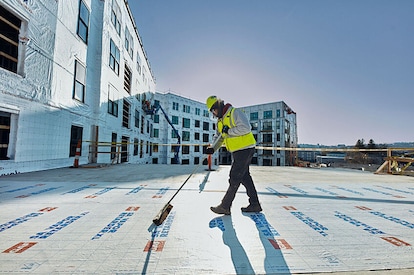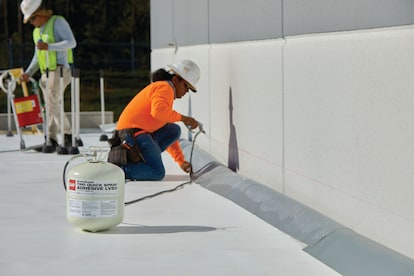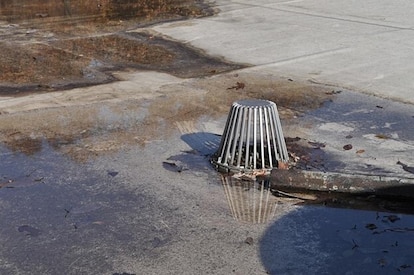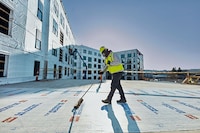
$name

Featured Blogs
-
 Commercial Roofing
Commercial RoofingThe Key to Resilience in the Face of a Changing Business Climate
In today's dynamic business climate, many roofing contractors are seeking innovative ways to grow their companies and adapt to changing market conditions. If you're looking to expand your business, one strategy worth considering is broadening your offerings to include roof maintenance and repair services.
April 18, 2025
-
 Commercial Roofing
Commercial RoofingWhat to Know About Lightning Protection for Buildings
As one of nature's most powerful forces, lightning can cause severe damage. Each strike has the potential to cause fires, wreck electrical systems, weaken built structures, and significantly impact roofs.
January 31, 2025
-
 Commercial Roofing
Commercial RoofingHelping Your Customers Find the Right Commercial Roof Systems
With so many commercial roof systems available, building owners typically rely on roofing contractors to help select the right options for their properties. As a commercial roofing professional, you should consider several factors when deciding which roof system is right for the building. Without all of the necessary information, it can be hard to know if you made the right recommendation.
January 24, 2025
-
 Commercial Roofing
Commercial RoofingThe Importance of Commercial Drain Maintenance
A low-slope commercial roofing system is responsible for keeping the elements out of the building. During heavy rain, water with nowhere else to go may pond on the roof. A roof drain prevents water from ponding by providing a way for it to leave the roof, and regular commercial drain maintenance ensures its continued performance.
August 30, 2024


